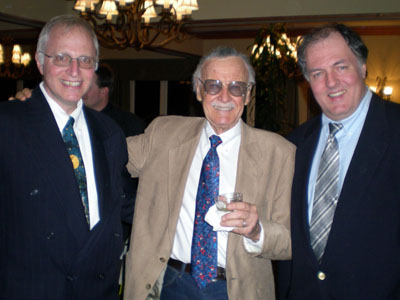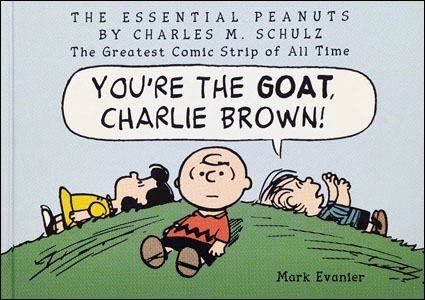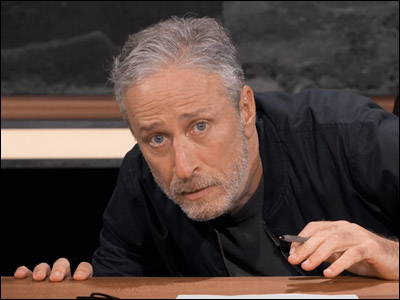I have a few friends who struggle with essential things in life like keeping track of where they're supposed to be and when and things they need to do. In some cases, a lack of basic organization has caused real harm to their lives and greatly inconvenienced others. We all have moments when little things slip our minds but some people have way too much slippage and cause way too much unnecessary damage to themselves. It should not be an insurmountable challenge to be on time for appointments and to check off everything on your "to do" list. This starts with having a "to do" list.
Over the years, I have experimented with a wide array of calendars and notebooks and ways of keeping lists…and when computers started becoming part of my life, I tried several different programs that promised to keep all my notes and phone numbers and appointments properly organized. Some of the programs were real fancy and expensive — and I found that the more they charged and the more they tried to do, the worse they were. One was so complicated that the first thing I put on its "to do" list was "learn how this f&*kin%g program works!" And then I couldn't find that list again.

I finally decided that what I needed was some programs that were right before my eyes — already on my iPhone and synced to my iPad and my desktop computer. Mainly, what I needed was to use the Calendar, the Notes app, the Reminders app and the Contacts list. Obviously, others (like the invaluable Joey Bishop app) could help but I have an awful lot of my life in the Calendar, the Notes app, the Reminders app and the Contacts list.
I especially needed to remember that I could put notes in any of these four apps. On a Contact listing for one of my doctors, I could put notes to remind me of things about him or her like the name of his or her receptionist. On a listing in the Calendar, I could jot down notes about the pending event. I put short range and time-sensitive "to do" items in the Calendar and I put long-term items in the Reminders list. When I subscribe to some online service, I put the expiration/renewal date in Reminders so I don't undergo an automatic renewal of a sub I wanted to let lapse.
So what am I trying to tell you here? Just that the more I rely on these four apps, the better my life seems to work. When I've been hospitalized, I put everything that happens to me — every pill I take, every doctor I meet, every test they administer — into the Notes app. That really helps. The last time I was in, one doctor started asking me questions about the pain killers that were tried on my when I had my knee replacement in 2015. It was of great aid that I could open my Notes app and show him the contemporaneous jottings I made during that hospital stay.
I have a very good memory and sometimes the problem with that is that you can get cocky about thinking, "I don't have to write that down. I'll remember that!" Well, maybe you will but occasionally not as clearly as you might like.
It helps, it really helps. I have a page in my Notes App that's headed 4 THE BLOG and when I have an idea for something I might write about here, I jot it down. When I'm stumped for something to write, I go to that page on either my Desktop Computer, my iPad or my iPhone and I select which topic I'll address. In fact, I just did.





